
Pakistan is blessed with an incredible variety of landscapes—from snow-capped mountains to lush forests, vast deserts, and serene coastlines. This natural diversity is beautifully preserved in the country’s national parks, which protect wildlife, ecosystems, and cultural heritage. Visiting these parks is not just about adventure; it’s about experiencing Pakistan’s natural beauty at its finest. Here are 10 national parks in Pakistan that deserve a spot on your travel bucket list.
Table of Contents
Toggle1. Deosai National Park (Gilgit-Baltistan)
Known as the “Roof of the World,” Deosai National Park sits at an altitude of over 4,000 meters. In summer, the plains are covered in colorful wildflowers and are home to the endangered Himalayan brown bear. This vast plateau offers breathtaking views, camping opportunities, and a feeling of being on top of the world.
Best Time to Visit: June to September.
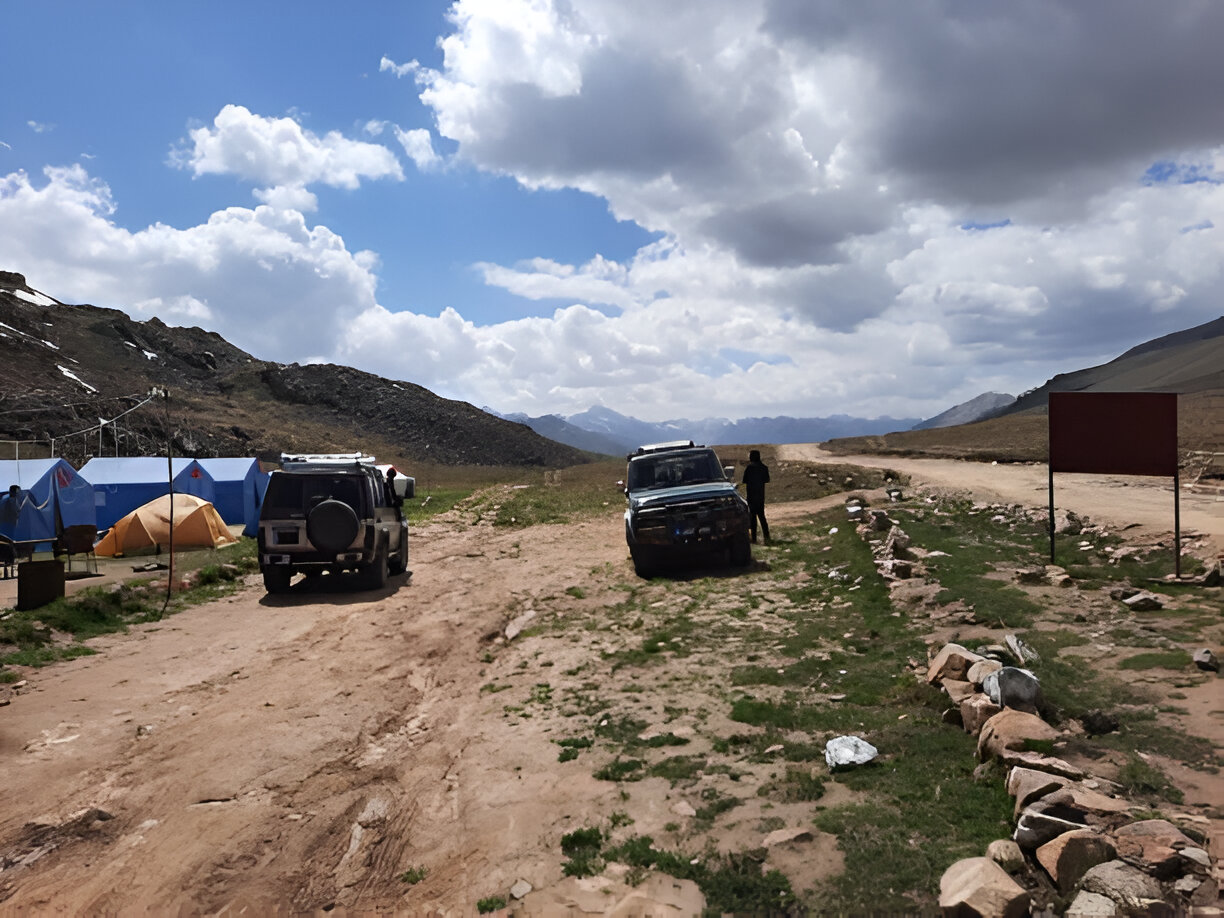
2. Khunjerab National Park (Gilgit-Baltistan)
Bordering China, Khunjerab National Park is famous for its high-altitude scenery and wildlife, including the elusive snow leopard. The Karakoram Highway runs through the park, offering travelers stunning views of rugged mountains and glaciers.
Best Time to Visit: May to October.
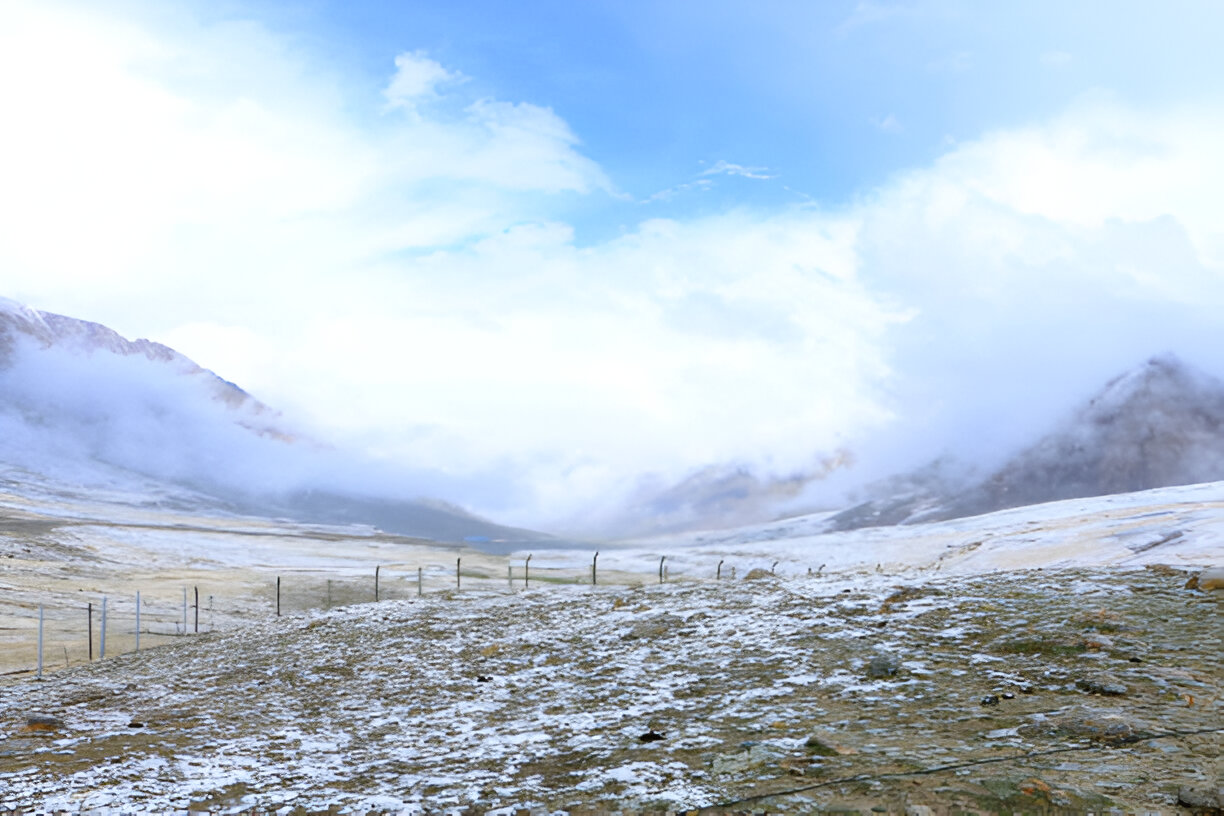
3. Hingol National Park (Balochistan)
One of Pakistan’s largest national parks, Hingol offers dramatic landscapes with mountains, deserts, and coastal beauty along the Arabian Sea. Iconic landmarks like the Princess of Hope and Kund Malir Beach make it a must-visit. It’s also home to unique wildlife such as the Sindh ibex.
Best Time to Visit: November to March.
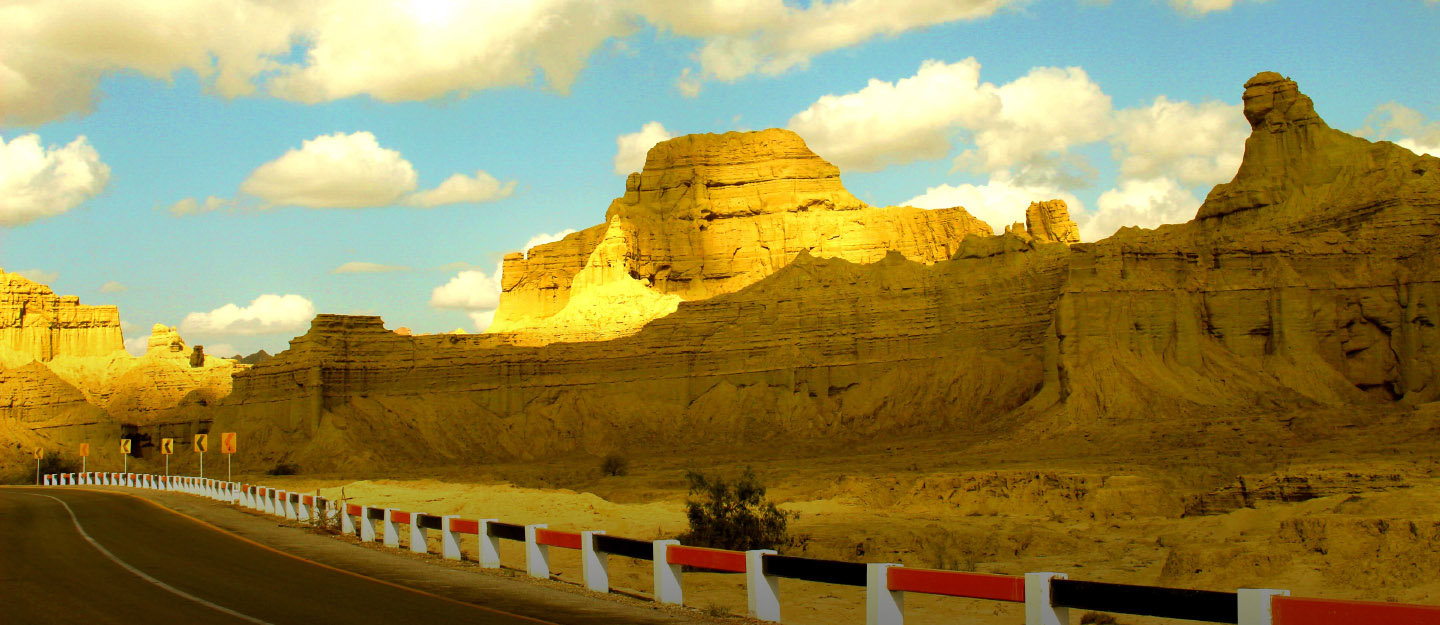
4. Margalla Hills National Park (Islamabad)
Located near the capital city, Margalla Hills National Park is perfect for hiking and birdwatching. The trails lead to scenic viewpoints, Buddhist ruins, and lush greenery, making it ideal for a day trip.
Best Time to Visit: Year-round.

5. Lal Suhanra National Park (Bahawalpur, Punjab)
This unique park combines desert, forest, and wetlands. Lal Suhanra is a sanctuary for rare animals like the Asiatic blackbuck. It’s also one of the largest national parks in South Asia, offering jeep safaris and birdwatching.
Best Time to Visit: October to March.
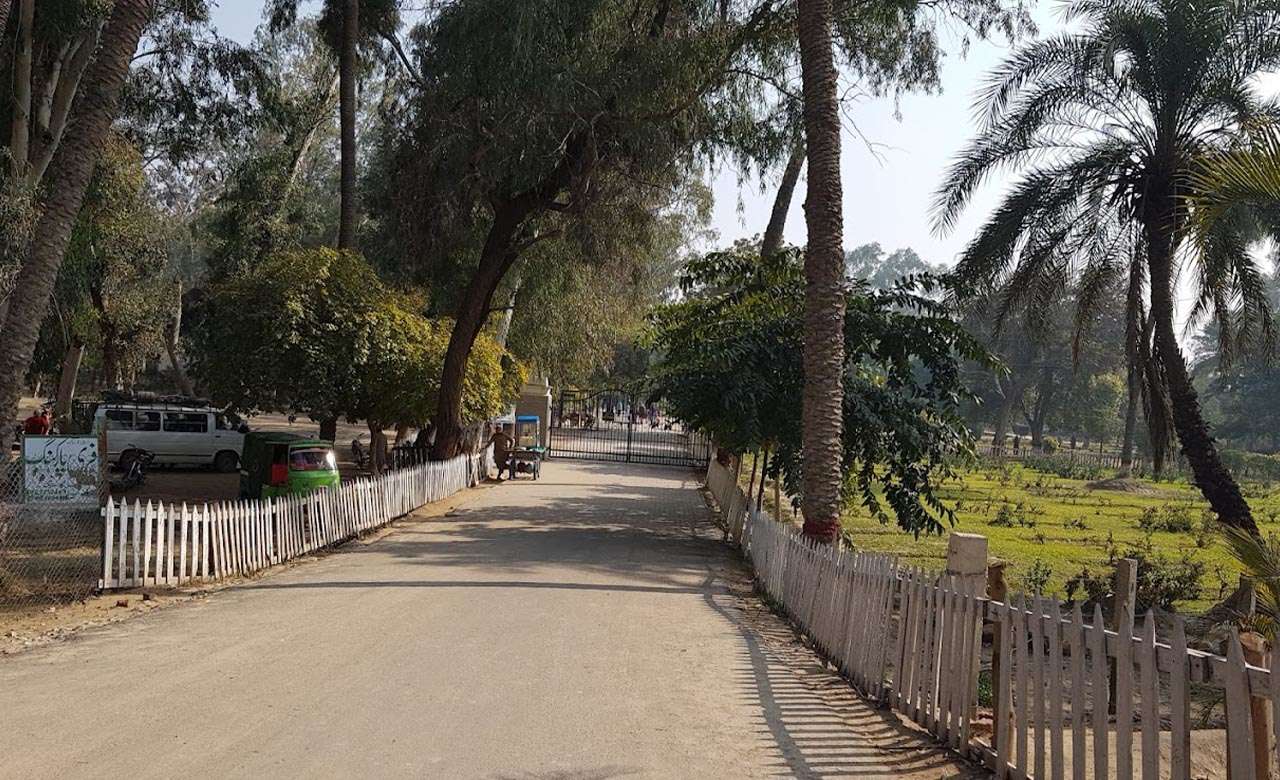
6. Ayubia National Park (Abbottabad)
Nestled in the Galyat region, Ayubia National Park is famous for its Pipeline Track and dense pine forests. It’s home to leopards, black bears, and numerous bird species. Families love visiting its scenic picnic spots and chairlift rides.
Best Time to Visit: April to October.
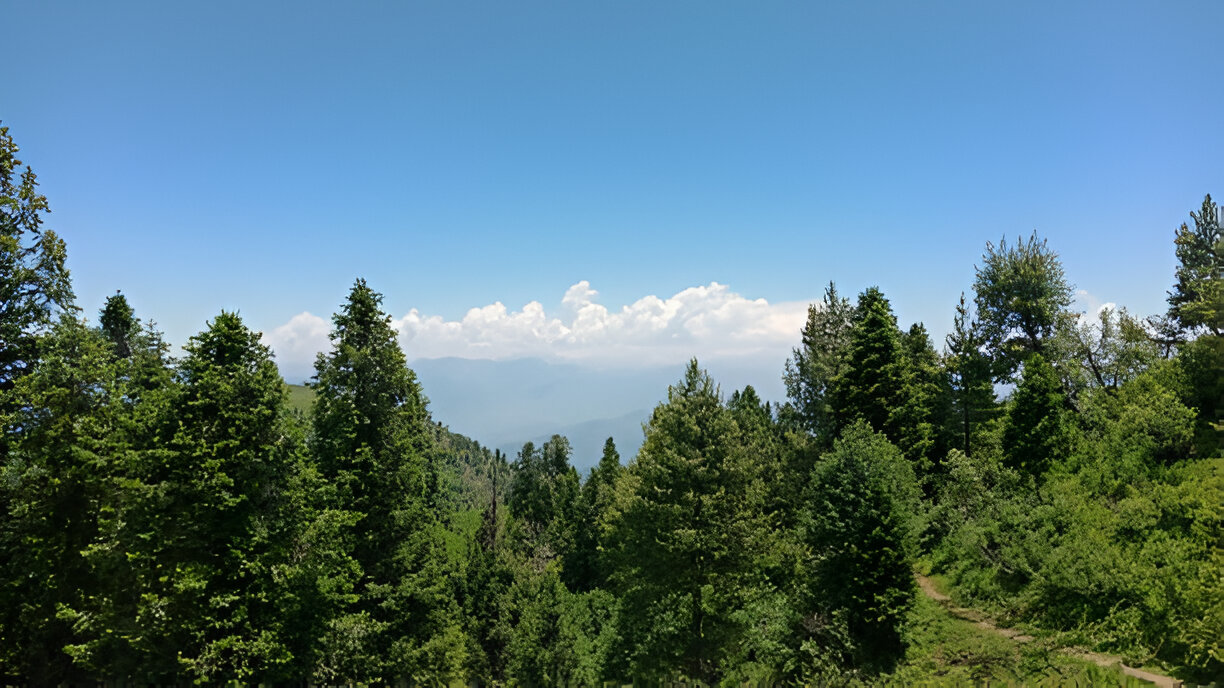
7. Ratti Gali National Park (Azad Kashmir)
Centered around the stunning Ratti Gali Lake, this park is a paradise for trekkers and photographers. Its alpine meadows, crystal-clear lakes, and snow-covered peaks make it one of Pakistan’s most enchanting destinations.
Best Time to Visit: June to September.
8. Kirthar National Park (Sindh)
Spread over rugged mountains and valleys, Kirthar National Park is perfect for wildlife enthusiasts. It’s home to rare species like the Sindh ibex and urial sheep. Visitors can also explore historic forts and archaeological sites nearby.
Best Time to Visit: November to March.
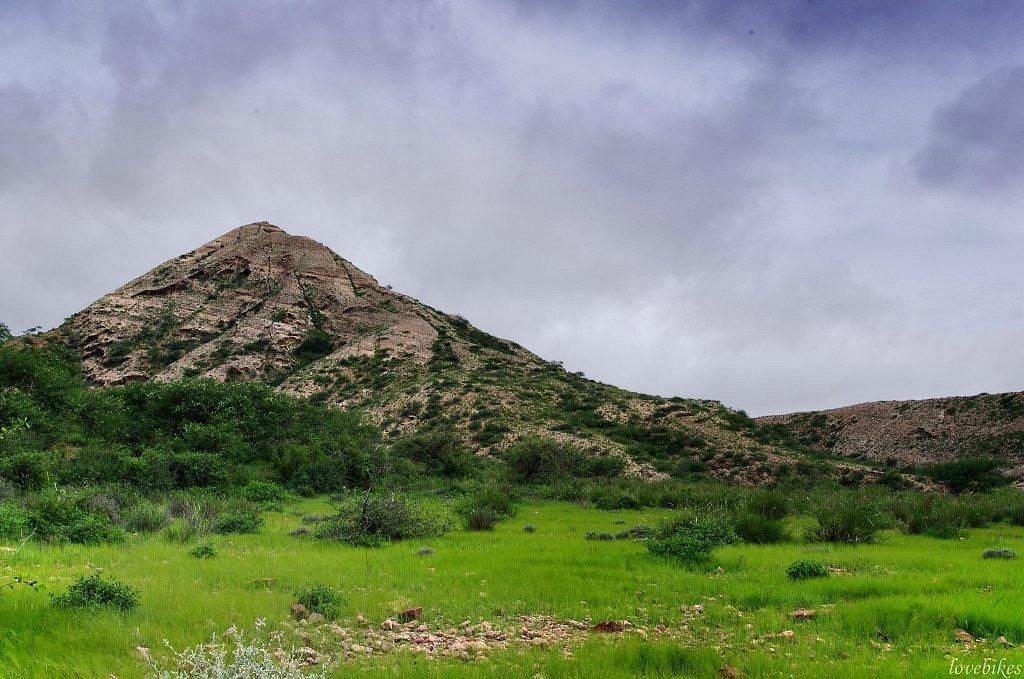
9. Chitral Gol National Park (Khyber Pakhtunkhwa)
Located in the Chitral Valley, this park is known for its markhor population and breathtaking mountain scenery. The clear streams and lush valleys make it a peaceful retreat for nature lovers.
Best Time to Visit: May to October.
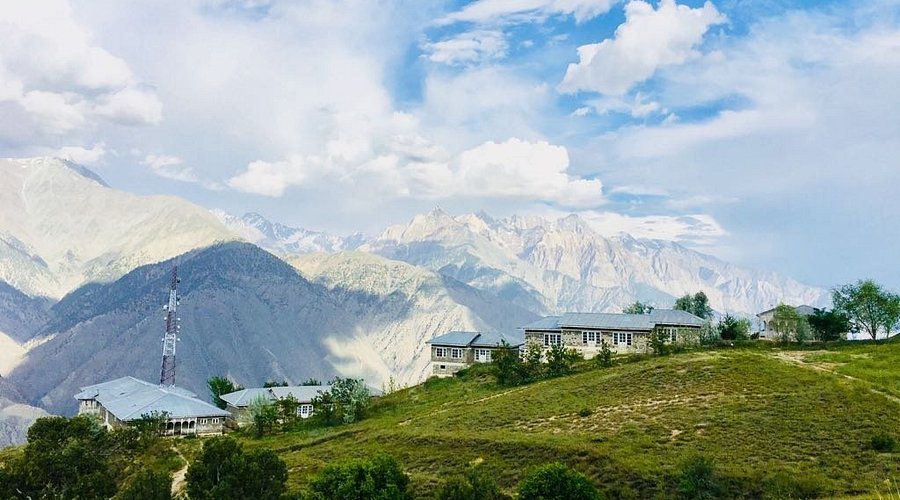
10. Hingol Makran Coastal National Park (Balochistan)
This coastal park offers a mix of mountains, beaches, and wildlife. It’s one of the most beautiful yet underrated national parks in Pakistan, with views of the Makran coastline and unique rock formations.
Best Time to Visit: November to March.
Why Visit National Parks in Pakistan?
- Biodiversity Hotspots: Home to rare animals like snow leopards, brown bears, and markhors.
- Adventure Opportunities: Trekking, camping, jeep safaris, and birdwatching.
- Cultural Heritage: Many parks preserve historical and archaeological sites.
- Peaceful Escapes: Perfect for relaxing and connecting with nature.
Tips for Visiting National Parks in Pakistan:
- Plan Ahead: Some parks are remote, so research routes and facilities.
- Pack Essentials: Bring warm clothes, food, and water, especially for remote areas.
- Respect Wildlife: Keep your distance from animals and avoid littering.
- Hire Local Guides: They can enhance your experience and ensure safety.
- Travel During Daylight: Road safety is important, especially in mountainous regions.
Pakistan’s national parks are treasures waiting to be explored. Whether it’s the wild beauty of Deosai Plains, the desert landscapes of Hingol, or the lush forests of Ayubia, each park offers a unique glimpse of the country’s rich natural heritage. Visiting these parks is a reminder of the incredible beauty that lies within Pakistan’s borders—truly worth experiencing at least once in a lifetime.
